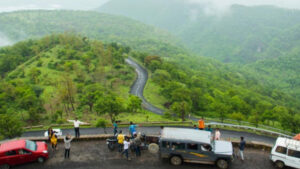Monsoon Magic: 5 UNESCO Heritage Gems in India That Turn Enchanting with Rain
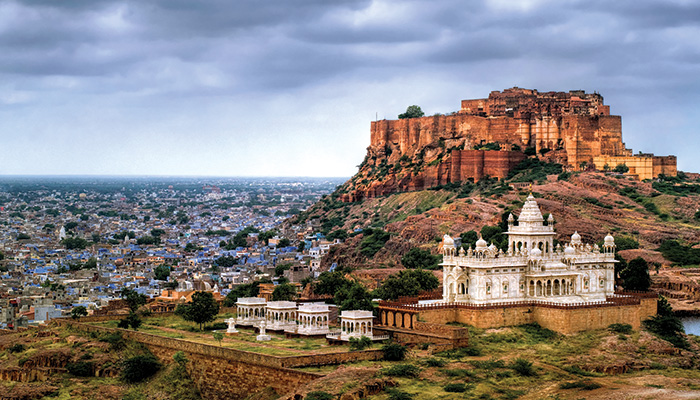
Monsoon Magic: 5 UNESCO Heritage Gems in India That Turn Enchanting with Rain
The arrival of the monsoon marks a dramatic shift across India—dry plains turn lush, the air grows heavy with petrichor, and age-old monuments seem to awaken under the touch of rain. Dusty façades are washed clean, stone carvings glisten, and nature reclaims forgotten corners with a vibrant green. Among the country’s countless cultural treasures, a select few UNESCO World Heritage Sites transform most vividly during this season. Cloaked in mist and alive with the sounds of rain and birdsong, these sites offer a rare and captivating harmony of history and nature.
Here’s a look at five stunning UNESCO World Heritage Sites in India that become even more breathtaking when the monsoon arrives:
1. Western Ghats (Maharashtra, Kerala, Karnataka, Tamil Nadu)
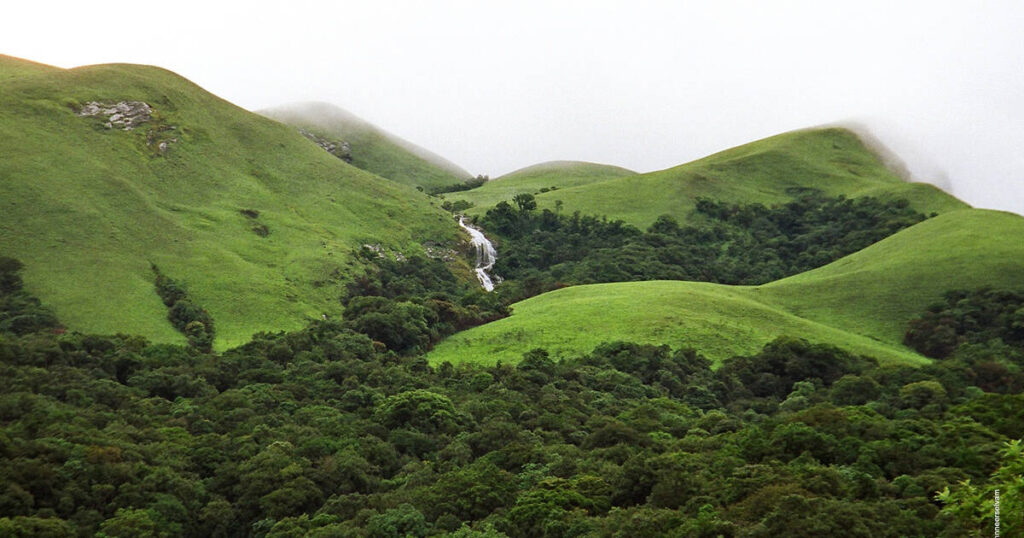
Often called the backbone of southern India’s ecology, the Western Ghats come alive in the rainy season like a scene straight out of a dream. This mountain range, stretching along India’s western coastline, is one of the most ecologically rich regions in the world. Come monsoon, the Ghats turn into a vibrant green world filled with roaring waterfalls, mist-covered forests, and exotic flora. Popular monsoon destinations like Munnar, Agumbe, and Wayanad become havens for trekkers and nature lovers.
2. Chhatrapati Shivaji Maharaj Terminus (Mumbai, Maharashtra)
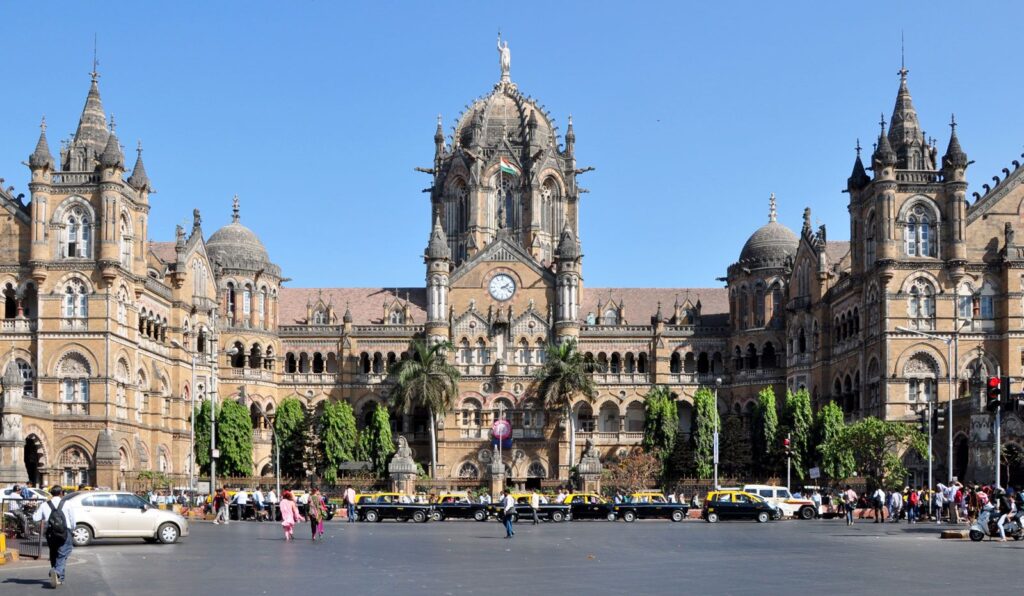
Mumbai and the monsoon share a love-hate relationship, but there’s no denying the dramatic beauty rain brings to the Chhatrapati Shivaji Maharaj Terminus (CSMT). The rain-washed façade of this Victorian Gothic landmark shines under moody skies, its arches and spires glowing beneath the city lights. More than just a railway station, CSMT becomes a photographer’s paradise and a reminder of Mumbai’s historical soul amid the urban chaos.
3. Kaziranga National Park (Assam)
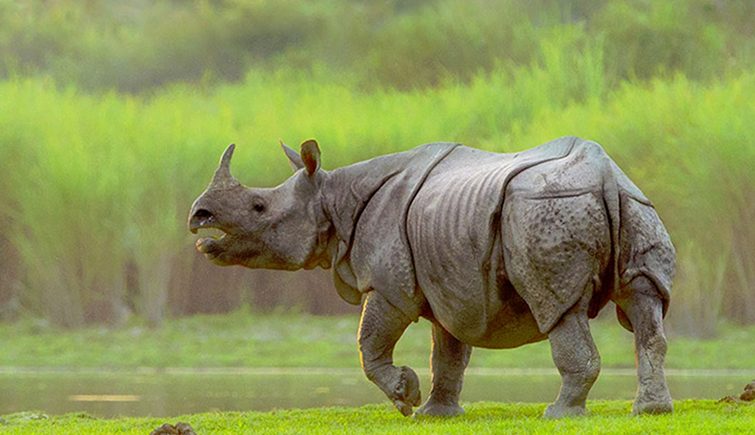
Though Kaziranga partially closes to visitors during the heaviest rains, the onset of the monsoon brings a dramatic transformation to this lush sanctuary. Home to the world’s largest population of one-horned rhinoceroses, Kaziranga turns into a thriving, rain-fed haven. Wetlands brim with life, tall grasses sway in the breeze, and the soundscape comes alive with birdsong and the distant calls of wild animals. It’s a living, breathing artwork shaped by the season.
4. Mahabodhi Temple Complex (Bodh Gaya, Bihar)
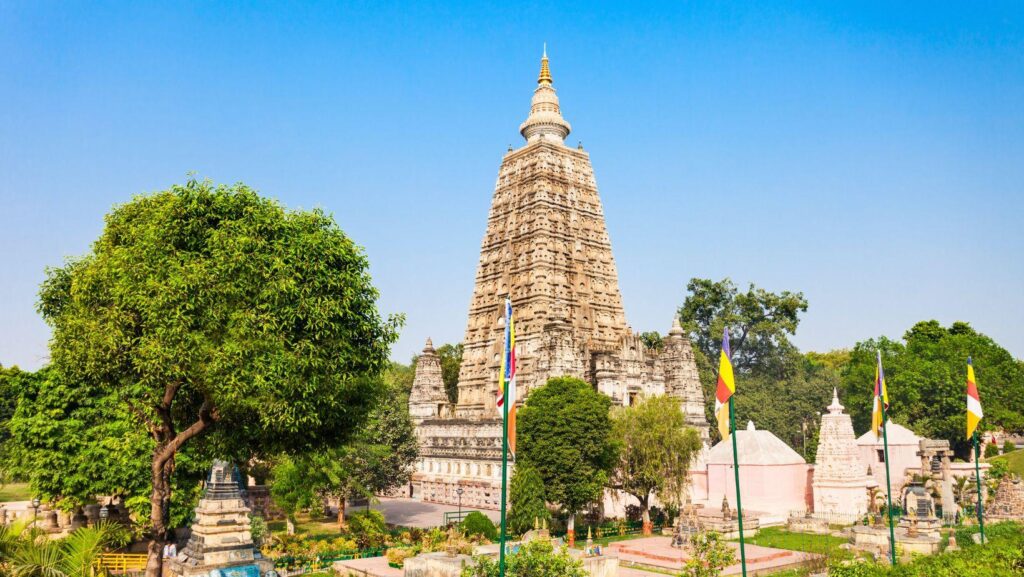
If serenity had a season, it would be the monsoon at the Mahabodhi Temple. This spiritual site, marking the place where Gautama Buddha attained enlightenment, becomes more tranquil as rains fall gently on its ancient grounds. The iconic Bodhi Tree sparkles with rain-kissed leaves, and the temple’s stone surfaces shimmer under the soft touch of rain. Pilgrims walk in quiet devotion, their umbrellas swaying as chants blend with the rhythm of the drizzle.
5. Hill Forts of Rajasthan (Ranthambore, Chittorgarh, Kumbhalgarh)

Rain brings an unexpected softness to Rajasthan’s typically rugged forts. As dark clouds gather over the mighty hill forts of Ranthambore, Chittorgarh, and Kumbhalgarh, the dry, brown terrain transforms into a lush green expanse. Moats fill with rainwater, peacocks dance joyously in palace courtyards, and the towering walls seem to whisper tales of kings and battles against a backdrop of thunder and wind. The monsoon breathes romance into these stone sentinels of history.





